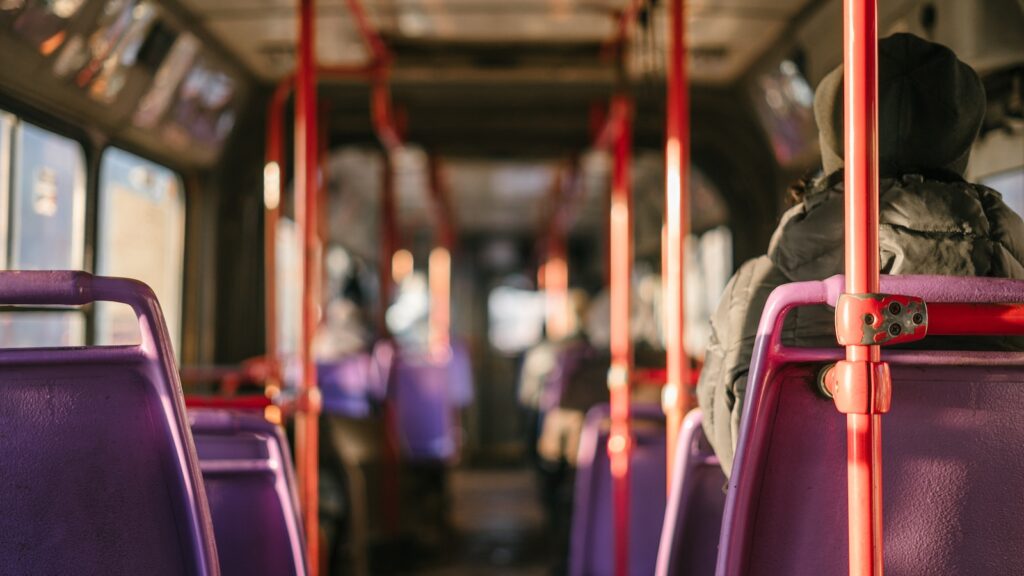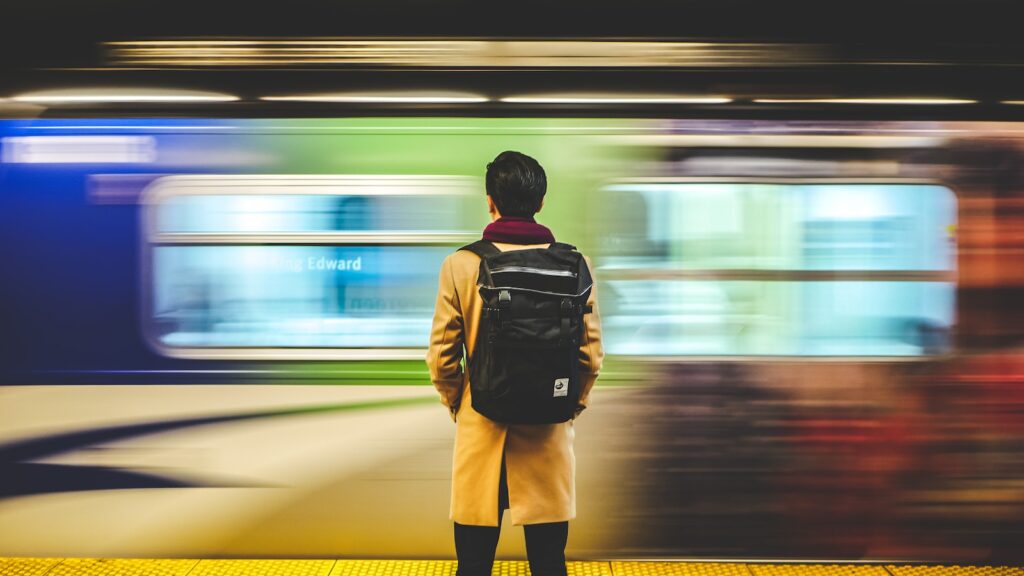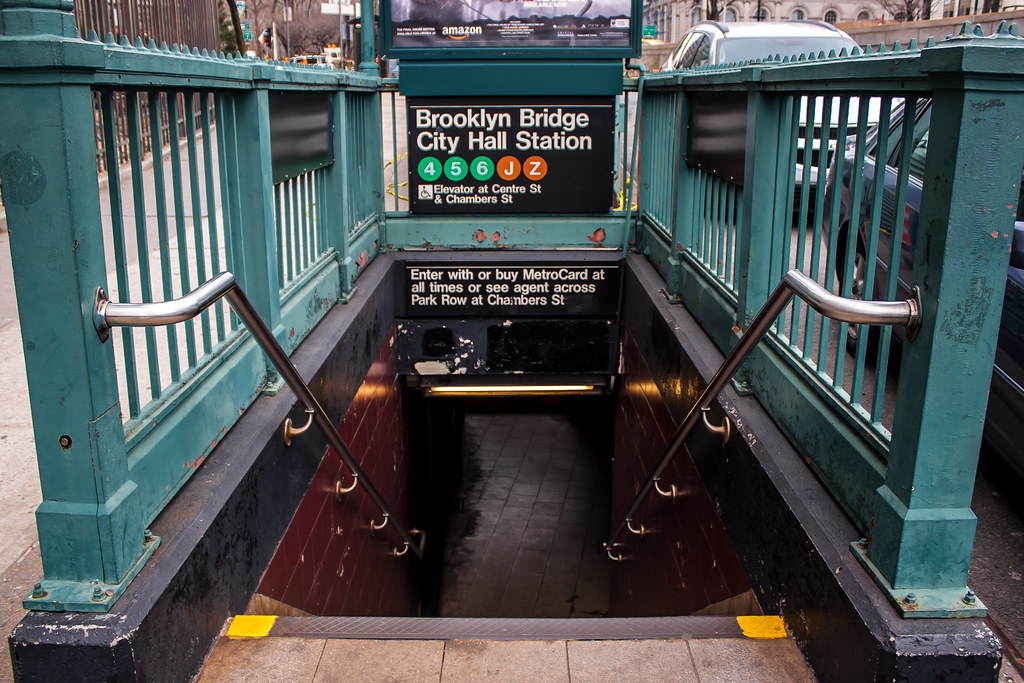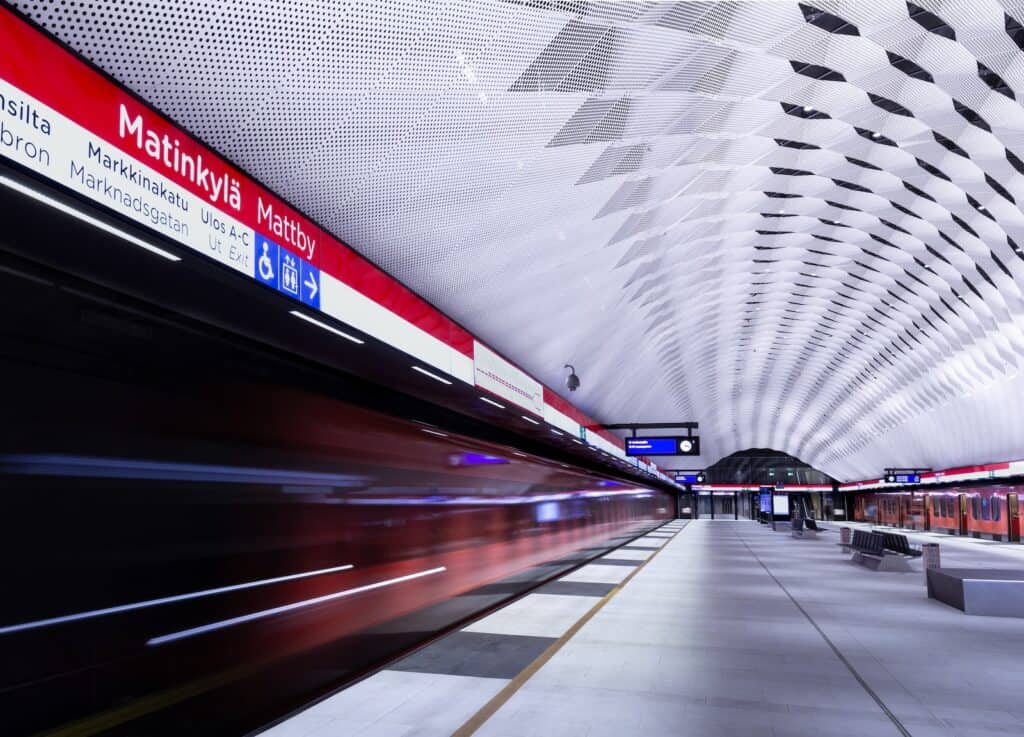Anyone who’s experienced the frustration of a crowded bus or a noisy train carriage knows that commuting can be a test of patience.
Most of these mistakes are avoidable and turn a simple journey into a challenging ordeal. From first-time users to everyday commuters, everyone can fall into these traps. By highlighting these errors, we aim to educate readers on how to avoid them, ensuring a more pleasant and efficient journey for all with proper public transit etiquette.
These are the 10 most common mistakes people make on public transports:
Table of Contents
What are the unwritten rules in riding public transportation?
1. Not Respecting Personal Space
Respecting personal space is a fundamental aspect of public transit etiquette. It is essential to acknowledge and honor the personal boundaries of fellow commuters to ensure a comfortable and respectful environment. Avoid encroaching on someone’s personal bubble by maintaining an appropriate distance. Be mindful of your movements and gestures, ensuring they do not invade the personal space of others.

2. Not Offering Seats to Those in Need
Offering seats to those in need is an essential practice in public transit etiquette. It demonstrates compassion and consideration for the well-being of fellow passengers. When you notice elderly individuals, disabled individuals, or pregnant passengers, be proactive in offering them your seat. These individuals may have specific physical challenges or conditions that make standing for prolonged periods uncomfortable or difficult.
By willingly giving up your seat, you not only provide them with physical relief but also show kindness and respect. Remember, small gestures of courtesy can have a significant impact on someone’s day and contribute to a positive and inclusive commuting environment.
Practicing this aspect of public transit etiquette helps create a culture of empathy and support within the community of commuters.
3. Neglecting Cleanliness
Maintaining cleanliness is an integral part of practicing good public transit etiquette. It involves taking responsibility for the cleanliness of the transit environment and ensuring its upkeep for the comfort and convenience of everyone onboard.
Dispose of any trash or waste properly by utilizing designated bins or containers provided. Avoid eating messy foods that may result in spills or strong odors, as these can negatively impact the overall cleanliness and pleasant atmosphere of the transit system.
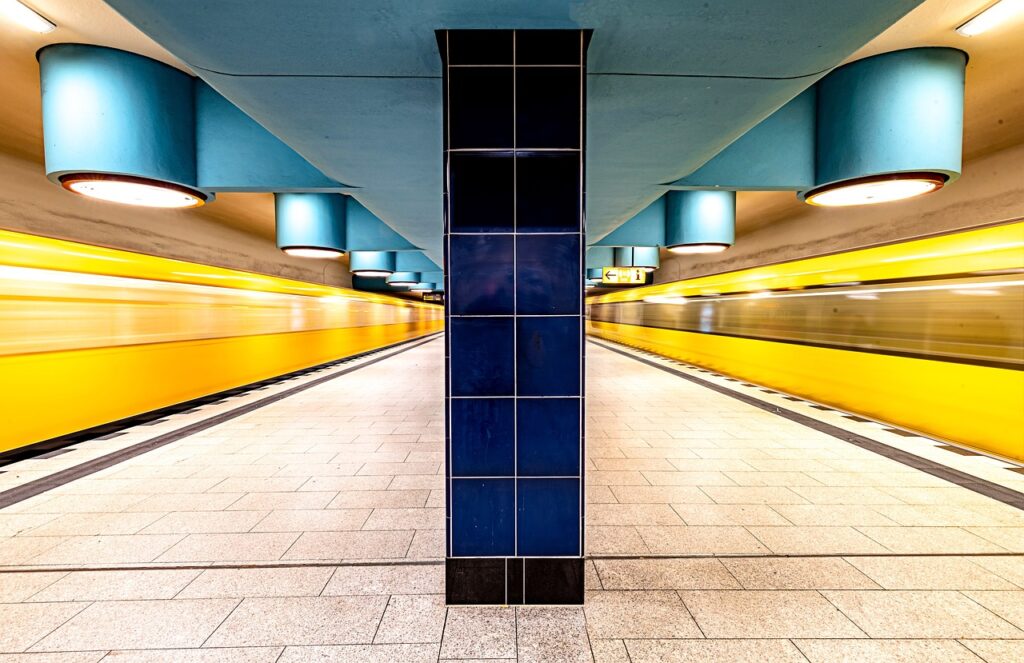
4. Being Loud
Maintaining a peaceful and considerate environment is an essential aspect of public transit etiquette. When traveling on public transit, it’s important to be mindful of the noise you generate and its potential impact on fellow passengers. To ensure a pleasant and comfortable journey for everyone, avoid engaging in loud conversations, playing music at high volumes, or having phone conversations that may disrupt the tranquility of the surroundings. Instead, opt for using headphones when listening to audio content.
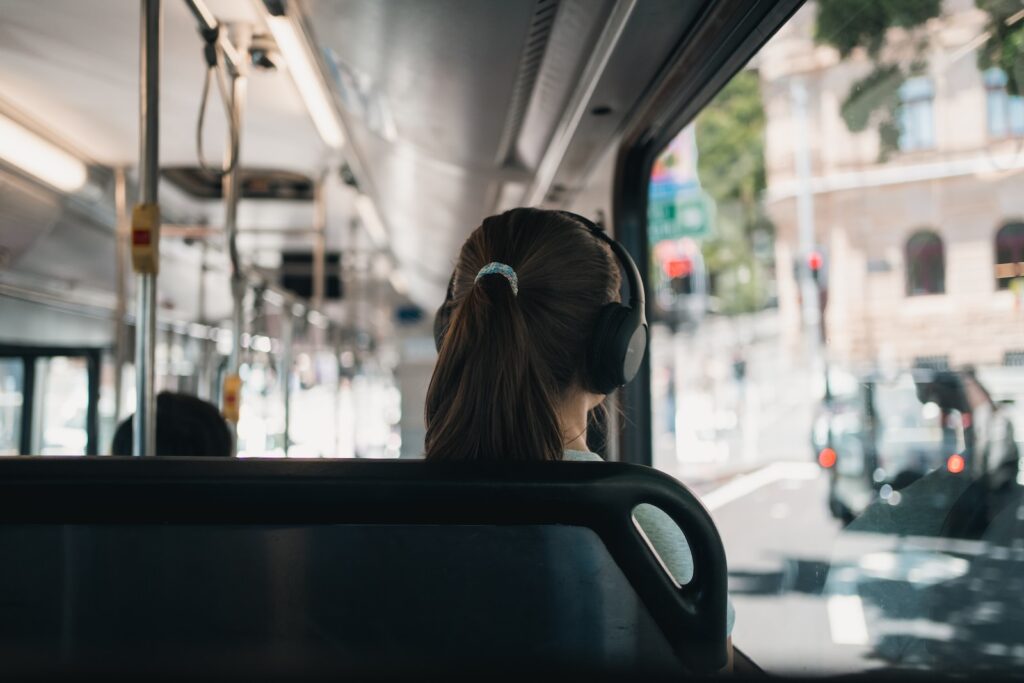
5. Not Minding Your Manners
A simple act of kindness and politeness can go a long way in fostering a positive atmosphere on public transit. Whether you’re interacting with transit staff or fellow passengers, remember to use common courtesy by saying “please” and “thank you.” These small gestures of appreciation show respect and acknowledgment for the assistance provided by transit staff and contribute to a more pleasant experience for everyone involved.
When boarding or exiting the transit vehicle, be mindful of others and allow them to move freely. Hold doors open for those behind you, especially when someone may need extra time or assistance.
6. Not Being Aware of Surroundings
When it comes to public transit etiquette, being aware of your surroundings is of utmost importance. Maintaining vigilance not only ensures your own safety but also contributes to the safety and well-being of fellow passengers. Pay attention to your surroundings at all times, especially when boarding, exiting, or transferring between vehicles. Stay alert to any potential hazards or suspicious activities, and report them to transit authorities if necessary. By remaining aware, you can help prevent accidents, identify emergency exits, and respond effectively in case of unexpected situations.
Being aware of your surroundings also means respecting the personal space and comfort of others. Avoid blocking aisles or doorways, and make room for passengers entering or exiting the vehicle. Keep your belongings organized and secured to avoid inconveniencing others or creating potential tripping hazards. By demonstrating attentiveness and consideration, you contribute to a smoother and more harmonious transit experience for everyone.
7. Not Following Boarding and Exiting Procedures
When boarding a transit vehicle, it’s important to wait for passengers to exit first. Allow them to disembark before stepping onto the vehicle. This not only prevents congestion at the entrance but also shows respect for those who need to get off. Be patient and avoid rushing or pushing, especially during peak hours when transit systems are often crowded.
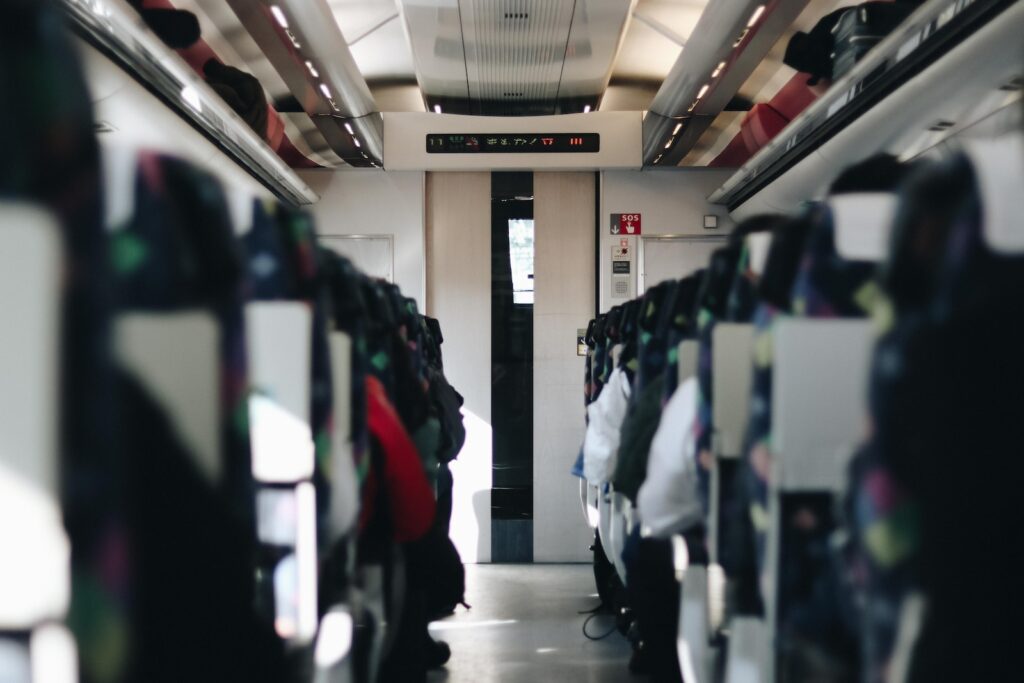
Similarly, when it’s time to exit, be mindful of other passengers and make way for those who need to get off. Move toward the exit doors in advance, especially if you’re seated near them, to allow for a seamless departure. If you’re standing, step aside to create a clear path for those exiting behind you.
8. Blocking Aisles
In order to maintain a smooth flow of passengers and ensure everyone’s comfort, it is important to avoid blocking the aisles on public transit. By being mindful of your position and making way for others, you contribute to a more efficient and pleasant commuting experience.
When boarding a transit vehicle, move to the back to allow space for others to board and move freely. This helps prevent congestion near the entrance and allows for a quicker and more efficient boarding process. If you’re carrying bags or belongings, keep them close to you and avoid placing them in a way that obstructs the aisle or hinders the movement of other passengers.
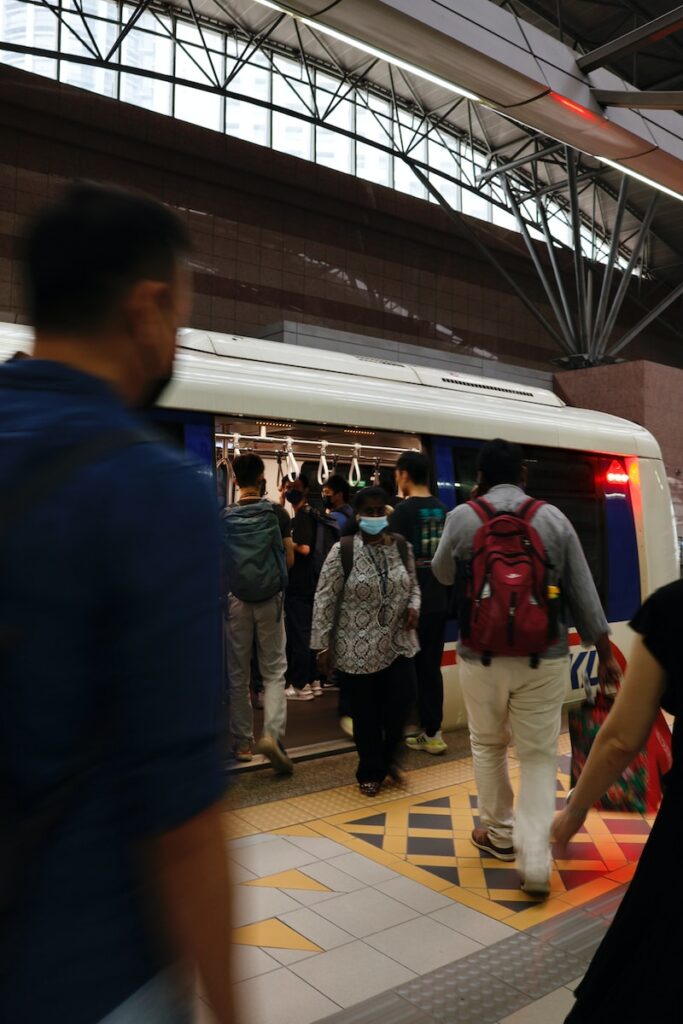
During the journey, be aware of your surroundings and avoid standing or lingering in the aisles unnecessarily. This ensures that there is ample space for passengers to move, especially during busy periods. If you need to stand due to lack of seating, position yourself in a way that allows others to pass by easily.
9. Blocking Seats with Personal Belongings
When a bag occupies a seat, it denies other passengers, who might be tired or in need of a seat, the opportunity to sit down. This is particularly problematic during rush hours when seating is in high demand.
Using a seat for personal belongings can be perceived as inconsiderate or selfish behavior. It suggests a lack of awareness or concern for the needs of fellow passengers.
Other passengers may feel reluctant or uncomfortable to ask someone to move their belongings. This can lead to unnecessary tension and discomfort within the confined space of public transport.
10. Not Respecting Priority Seating
One of the key aspects of public transit etiquette is respecting and honoring priority seating. These designated seats are intended for individuals who may require them the most, such as seniors, disabled individuals, or pregnant women.
When boarding public transit, take a moment to identify priority seating areas. These seats are often marked with signs or symbols indicating their purpose. If you are occupying a priority seat and notice someone who would benefit from it, kindly offer the seat to them.


